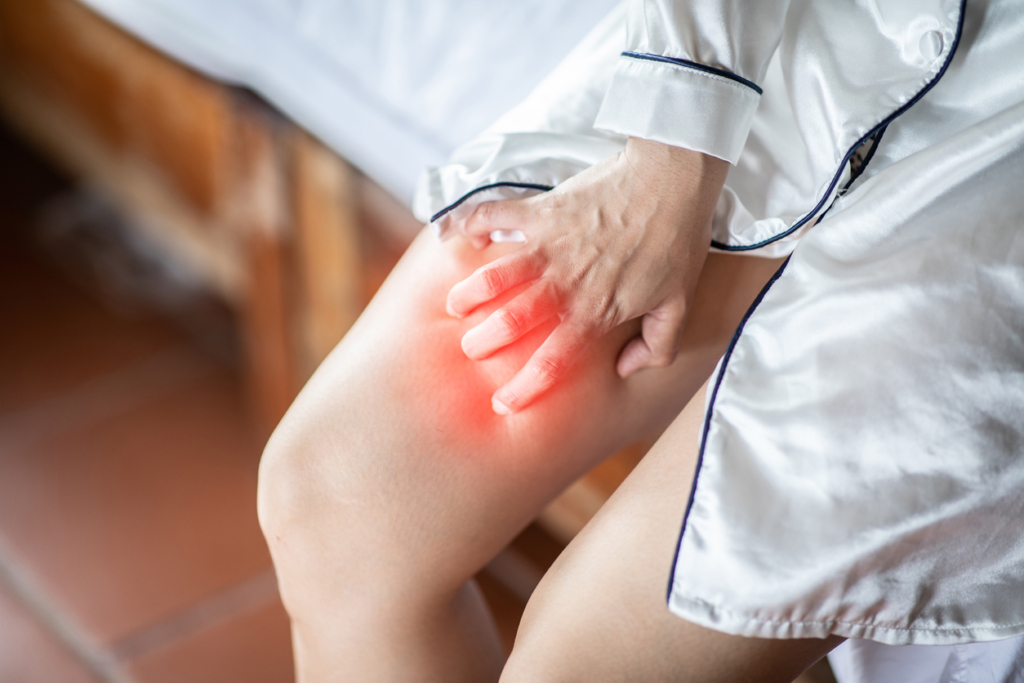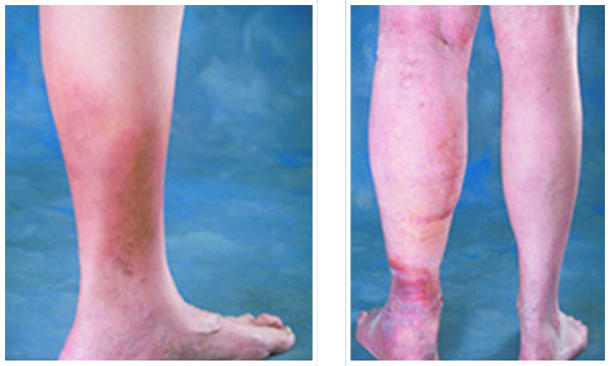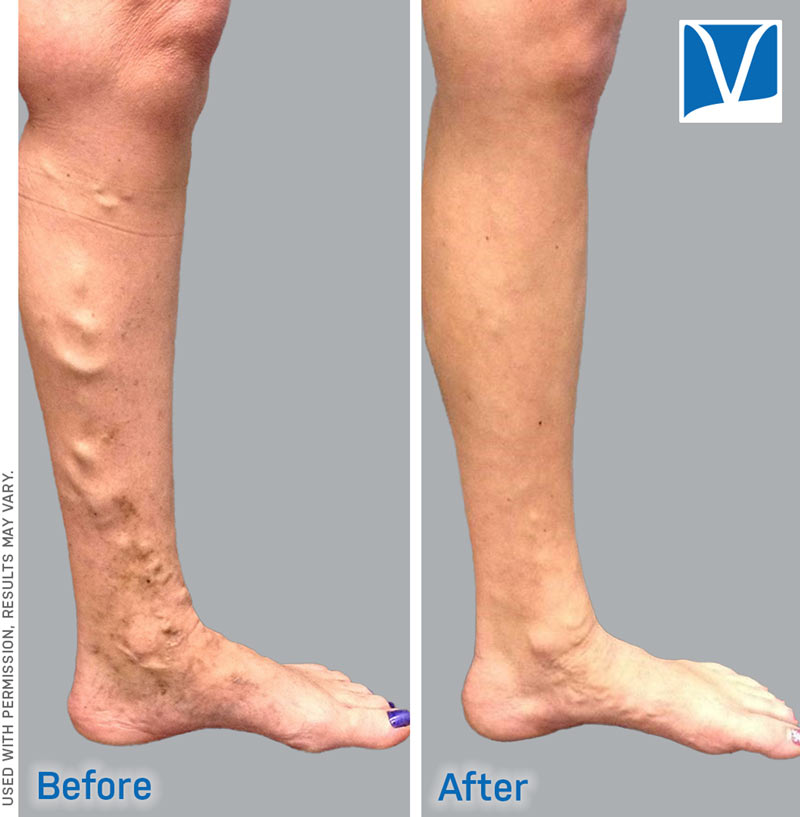Varicose veins can often cause itching, especially with skin that is closer to the ankle and lower calf. These itchy varicose veins can lead to ongoing discomfort, so knowing how to quickly ease them can help you find fast and effective relief.

What Makes Varicose Veins Itchy?
Any varicose vein can itch. This itchiness can be caused by skin stretching over leg swelling, which cracks the skin, causing it to become red, inflamed and itchy.
Some have termed this rash gravitational eczema, suggesting the link between being on your feet and the swelling in varicose veins of the lower leg.
Itchy varicose veins can also be due to increased histamine production and fluid leakage. Histamines can trigger itchiness as your body tries to heal varicose veins, while fluid leakage occurs when blood flows into nearby tissue.
Dermatologists often refer to this as Stasis Dermatitis – when varicose veins cause blood to pool in the lower leg, resulting in an irritation from the cracking skin.
Over time, untreated itchy varicose veins can lead the skin to become hard and brown, especially near the ankle.

You might have itchiness along with other symptoms, such as a heaviness in the legs or dry skin. Keep in mind that itchy veins can be more than a nuisance or minor irritation, but scratching them could lead to infections or put you at risk of developing other complications, such as cellulitis or venous stasis ulcers.
How To Remedy Itchy Skin from Varicose Veins
If you’ve been experiencing itchiness due to varicose veins, you don’t have to keep dealing with this discomfort. There are ways to ease itchy veins quickly.
DO NOT scratch areas that are itchy, since this can lead to a risk of infections. You can try using the following to help relieve itching varicose veins:
1. Creams & Lotions
A short-term approach to relieve itching is a topical like Cereve cream, which can help moisturize the skin while it heals. If this doesn’t work, topical steroids can help soothe the itch and heal the skin. However, it is important to also stop the cycle of swelling that is leading to the itching.
2. Compression Hose
The first step to treating varicose vein swelling is to consider compression hose. This can break the cycle of daily swelling that causes the itching, and give the stretched, cracked skin the chance to heal.
3. Leg Elevation
Elevating the legs at the end of each day helps revers the blood pooling in the lower legs, which also alleviates the skin stretching that contributes to itchiness.
4. Movement & Exercise
Veins work better when we are moving. And when patients are sedentary, they experience more swelling. Walking and other movements can improve circulation in the legs to help minimize the swelling that leads to itching and cracked skin.
5. Consider Vein Treatments
When all else fails, treating the varicose veins is a great option to help reduce skin itching and leg swelling – therefore reducing inflammation and irritation of the skin. Vein treatments can result in a dramatic improvement in how the legs feel, and often the rash & itching will go away as the skin finally heals.
Treatments such as Closurefast, Venaseal, and Varithena are all vein treatment options when indicated. A visit with a vein specialist can help determine if a vein treatment plan may improve your skin changes from chronic venous insufficiency.
Meet with our Varicose Vein Doctors
If you have itchiness from varicose veins, and are interested in learning more about varicose veins treatment options, simply fill out our Online Appointment Request Form or call any of our clinics in Northwest Portland , Tigard, Happy Valley, Hillsboro or Bend, Oregon.
